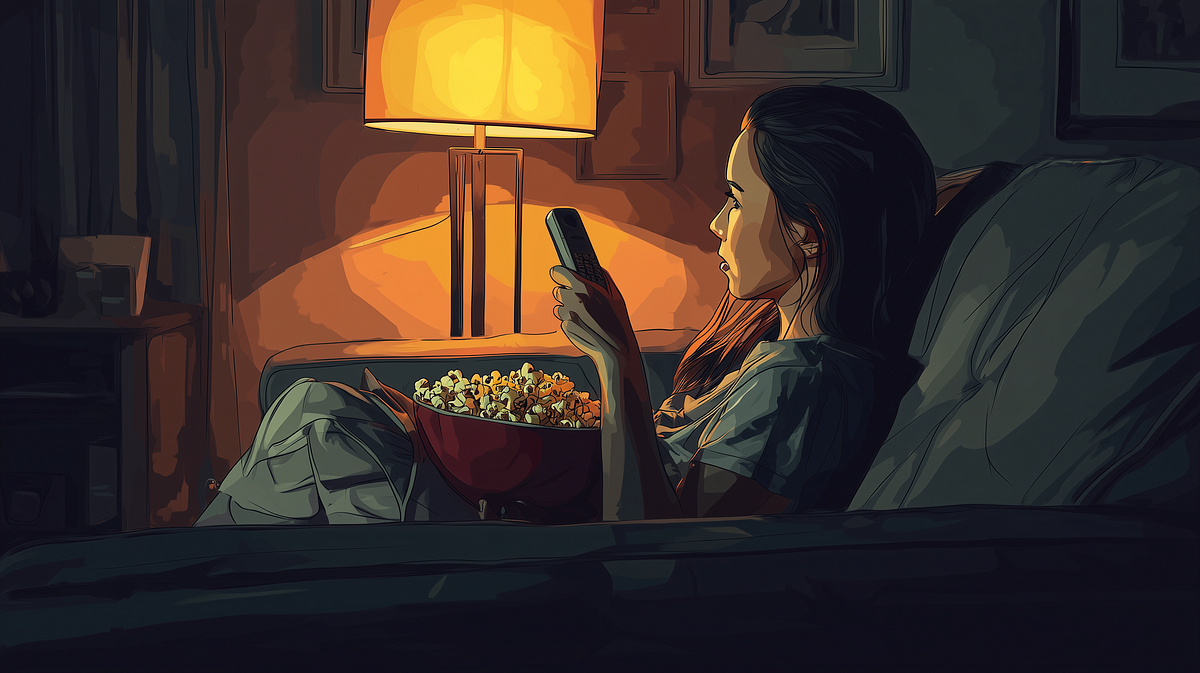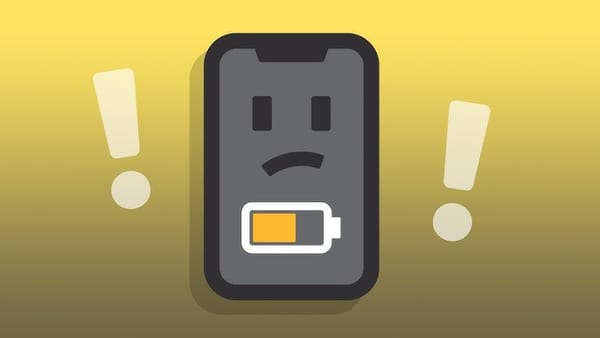Friends Are Too Expensive Nowadays
You don’t need to be rich to have friends, but you do need enough money to afford them.

You don’t need to be rich to have friends, but you do need enough money to afford them.
There’s always been this sentiment that hanging out with friends was one of the cheapest things you could do.
It’s simply about spending time together, doing minor activities — not necessarily elaborate events, just simple get-togethers.
But today, the meaning of hanging out has evolved significantly, and with it, so has the cost associated with social activities compared to more solitary, often free alternatives.
Before phones became widespread norm, socializing was something you naturally did.
When people spoke of work-life balance, it meant knowing how much to dedicate to work and how much to social interactions, more or less.
Socializing was a pivotal aspect of daily life.
Television series and movies depict this clearly — families gathering around dinner tables at a specific time or friends visiting one another without a set agenda.
Going out was meant to emphasize the social aspect rather than serve as the primary focus.
How Social Media Changed the Nature of Socializing
Over time, this sentiment around socializing shifted dramatically, especially with the advent of social media.
Ironically, social media was supposed to enhance connectivity, but in reality, it often does the opposite.
Many people resorted to digital interactions rather than putting in the effort required to meet in person.
We transitioned from talking in person to texting.
Before texting became accessible, socializing involved house phone calls, which were usually short since nobody wanted to spend hours on the phone catching up.
It just served as a means to plan the next hangout; meeting up in person was always prioritized.
But once texting became prevalent, the effort required to maintain relationships significantly reduced. A quick text exchange replaced frequent contact, lessening the necessity for regular hangouts.
Has the Concept of Hanging-Out Changed?
Social activities, once considered afterthoughts, became the main events themselves.
Previously, social events often involved eating, grabbing coffee, or casual walks.
These simple actions fulfilled basic daily needs and social requirements simultaneously. Friends might plan multiple activities within a single hangout — eating, watching movies, visiting bars, or even bowling, just to name a few.
These activities were often meant to complement the social aspect rather than define it.
However, as time passed, these activities grew increasingly tedious to pull off. Coupled with socializing becoming less of a priority, the desire to engage in these activities diminished.
Additionally, the novelty of these once-enjoyable experiences faded as social media broadened our perspectives, exposing us to countless new ways of entertainment.
Simply put, traditional activities became boring or too much of a hassle.
Streaming services, online shopping, and food delivery began dominating our leisure time, minimizing the necessity for social interaction even further.
Now, you could simply Snapchat a friend or send a text, stream Netflix, and order food.
The effort and cost involved in traditional socializing were slashed significantly, prompting more people to withdraw from social interactions entirely.
Why even bother leaving home? Gas is expensive, movie theaters are uncomfortable with disruptive people, and overpriced snacks, restaurants involve waiting, potential mistakes in orders, and dealing with unpredictable external circumstances.
At home, everything is done on your terms. Even when mistakes occur, resolving them requires minimal interaction through apps.
Have We Placed a Price Tag on Being Human?
In a way, yes — we have. Not consciously, but through our collective choices.
Over the past two decades, we’ve quietly begun to treat human connection like an optional upgrade instead of a default setting.
We traded spontaneous meetups for scheduled Zoom calls, real conversations for voice notes, and gatherings for group chats.
The more we leaned into solitary entertainment — streaming, gaming, scrolling — the more we told society that connection wasn’t worth much to us anymore.
And in economics, when something is no longer in demand, its value drops.
Socializing became one of those things.
Think about it: malls died, video rental stores vanished, and public spaces turned into ghost towns, and all the little “third places” that once brought people together fell off the map.
It wasn’t just technological progress — it was a shift in what we valued. We stopped showing up. We chose abundance of content over scarcity of presence. And the market adjusted.
What took its place? A culture of convenience. The easier something was to consume from home, the more we embraced it.
Netflix, Uber Eats, and social media thrived because they offered what people increasingly preferred — connection without friction.
But here’s the tradeoff: when we made effort the enemy, we accidentally made isolation the goal.
And companies took note. As the demand for at-home convenience skyrocketed, so did the prices.
Supply and demand didn’t vanish — it just shifted from human connection to comfort.
It’s not that socializing became more expensive because of inflation. It became more expensive because we abandoned it.
And now, when we try to go back to it — dinners, movies, events — it feels like a luxury, not a norm.
By prioritizing cheap thrills and low-effort leisure, we placed a literal and symbolic price tag on being human.
We made it clear that ease is king, and effort is outdated.
But here’s the thing: meaningful connection has never been cheap, nor should it be.
It takes time, presence, vulnerability — and yes, sometimes money. But it gives us back something no app or delivery service can ever replicate: belonging.
Where Does That Leave Us Today?
Since the pandemic, the world has changed dramatically, and it may never fully return to what it once was.
During that time, something essential was quietly stripped from our lives: the freedom to connect face-to-face.
Socializing wasn’t just discouraged; it was deemed non-essential.
Overnight, gathering with friends became a public risk, a punishable offense, a symbol of selfishness. And while many adapted to the rules, deep down, we all felt it: something was off.
We weren’t just locked in our homes; we were locked out of each other’s lives.
What used to be casual — hugging a friend, chatting with a barista, bumping into someone at the gym — suddenly felt dangerous. But it wasn’t just about missing out on plans.
It was about missing out on being human.
That absence revealed something we’d forgotten: socializing isn’t a luxury or a leisure activity. It’s a biological need.
It’s how we calibrate our emotions, sense of self, and place in the world. Without it, the days began to blur. Time lost structure.
Conversations became transactions. And for many, loneliness stopped being an occasional visitor and became a permanent resident.
Today, many people find themselves alone, with shrinking social circles and minimal community engagement.
Communication often happens solely through screens.
We desperately crave belonging but have limited means to achieve genuine connections. Although there are online communities and meetups, these often feel focused on the unnatural.
The authenticity of choosing who to approach, the vulnerability involved in building rapport, and the uncertainty of friendships working out made real-life connections powerful. The genuine human experience defined the term “connecting.”
How Can We Fix This?
Addressing the issue will require significant effort. First, we must acknowledge collective responsibility.
We’ve all contributed to creating a society that undervalues social interaction.
We’ve grown comfortable with isolation, phones, headphones, and other comforts that distance us from others.
To reconnect, each of us must actively choose to socialize again.
Take this article as a call to action; reduce screen time, delete social media, wear headphones less in public, and engage in conversations with others.
Yes, it’s awkward, uncomfortable, and unnatural initially. Sure, we’ve all encountered a not-so-favorable experience, but everyone has felt that. Regular practice will eventually make it easier.
Talk to strangers without expectations.
If asked for social media, suggest a time and a place to meet again.
Allow yourself to be reachable — call people and allow people to call you.
You're not always genuinely busy; you’re acting busy because society has glamorized constant occupation.
There are 24 hours in a day, more than enough time if balanced correctly.
If your schedule doesn't allow for leisure and meaningful interaction, reconsider your priorities.
Balancing your time is another discussion altogether. However, the main idea here is simply to start socializing again.
Yes, it might feel lonely and ineffective initially, but collective action can create significant change.
If you want social interactions in your life, demand them.
It’s harder to put the phone down and remain passive than to try hoping things magically improve.



